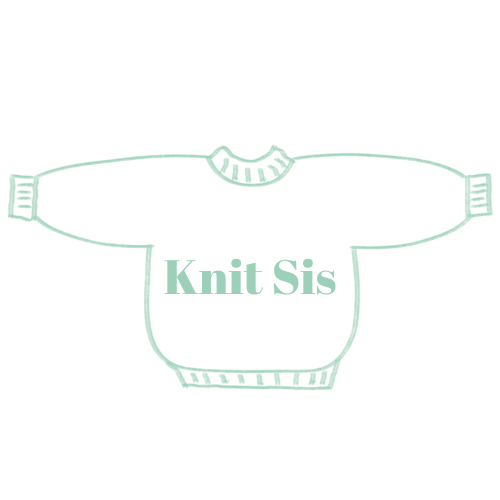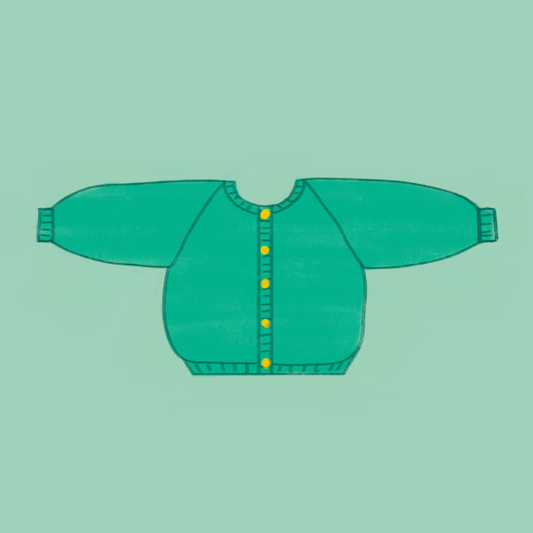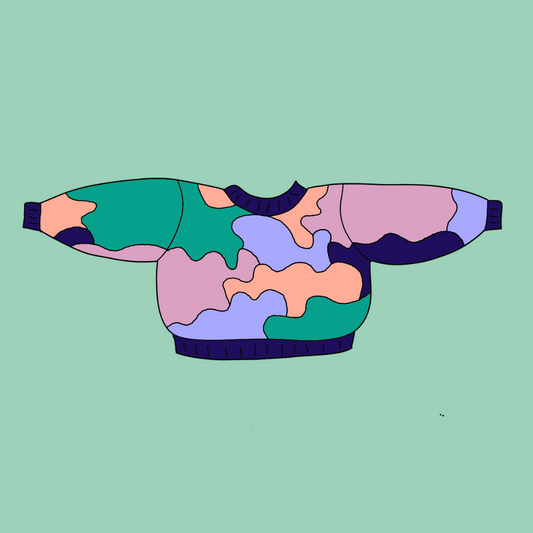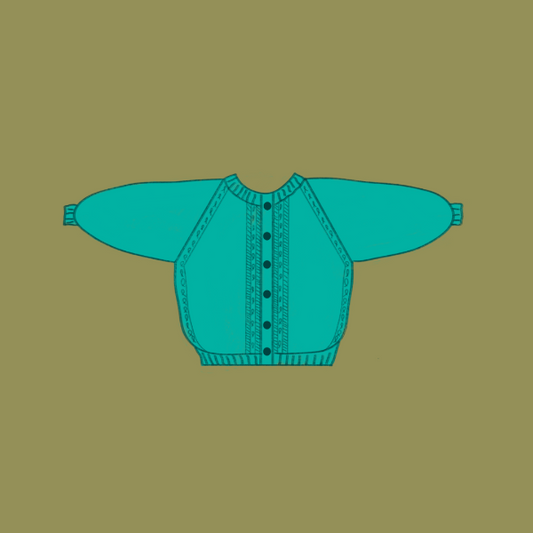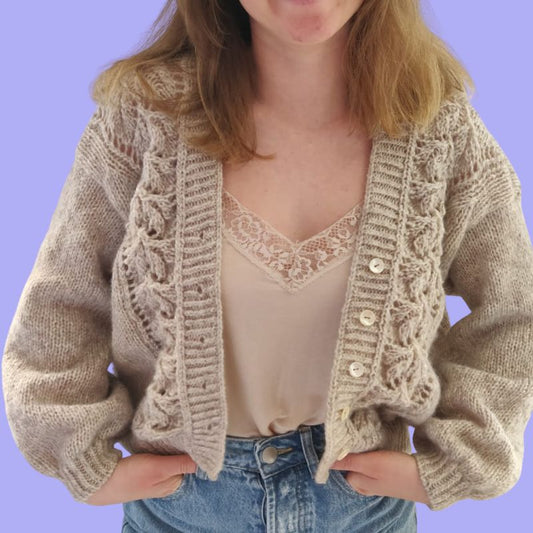👉 Advanced Lace Stitch: How to Read a Lace Chart Like a Pro?
Knit SisShare
🧶 Introduction: Demystify the lace grid!
Do you love delicate lace patterns, but reading a lace chart seems like an insurmountable challenge? Don't panic! Lace charts can seem complex at first, but with a few simple tips and a good method, you'll quickly master them.
At Knit-Sis , we know how fun and creative knitting can be. That's why we've created this guide to help you easily read a lace chart and bring your most elegant knitting projects to life. Whether you're a beginner or an intermediate, follow our step-by-step tips to become a lace stitch pro!
🏆 Why learn to read a lace chart?
✅ Create delicate and sophisticated pieces
✅ Easily follow complex knitting patterns
✅ Personalize your creations with original designs
🧵 1. What is a lace grid?
A lace chart is a graphic representation of the stitches to be made in a lace knitting project. Each symbol corresponds to a specific technique (here are some examples of legends that may vary depending on the models, what must be remembered is that by default you will always have a legend associated with the chart you are knitting):
-
🟦 Knit stitch
-
◻️ Purl stitch
-
⬛ Thrown
-
➖ Simple decrease
-
✖️ Double decrease
Charts are generally read from bottom to top and from right to left (on the right side of the work). Purl rows are read from left to right unless otherwise noted.
👉 Knit-Sis Tip : Print your chart and use a marker to follow each row without losing the thread!
📏 2. How to read a lace chart step by step
🪡 Step 1: Understand the legend
Before you begin, read the chart key carefully. Each lace pattern uses symbols that are explained in the key.
👉 For example:
-
○ = Thrown
-
/ = Decrease to the right
-
\ = Decrease to the left
🪡 Step 2: Read the grid in the correct order
-
Right side rows → Read from right to left
-
Purl Rows → Read from left to right
👉 If the chart only indicates the knit rows, knit the purl rows as they appear (often all purl).
🪡 Step 3: Mark the repetitions
Repeating patterns are often framed by thick lines or brackets.
👉 Example: [k2, yo, k2tog] means that the pattern should be repeated until the end of the row.
🪡 Step 4: Take into account increases and decreases
Lace patterns often require increases (yarn overs) and decreases (k2tog, ssk) to maintain the correct stitch count.
👉 Knit-Sis Tip : Check your stitch count regularly!
🌸 3. Concrete examples of lace patterns
✨ Marguerite vest: refined floral lace
The Marguerite Cardigan is a perfect pattern for experimenting with lace. It uses openwork patterns and regular decreases to create a delicate and feminine texture.
➡️ Techniques used :
✅ Increases (yo)
✅ Decreases (ssk, k2tog)
✅ Reading a complex grid
👉 Try the Marguerite Vest to perfect your grid reading!
🍃 Aude vest: elegant openwork pattern
The Aude Vest is a timeless model with a symmetrical lace pattern.
➡️ Key techniques:
✅ Regular increases
✅ Bottom-up work
✅ Repeating lace stitch
👉 Download the Aude Vest pattern and get started on a sophisticated project!
💡 4. Common mistakes to avoid (and how to fix them)!
❌ Forgetting a yarn over → Check each completed pattern before moving on to the next.
❌ Wrong reading direction → Mark the beginning of the row with a marker ring.
❌ Bad tension → Loosen your tension on the yarn overs for a well-defined lace.
🚀 5. Advanced Tips for Knitting Lace Like a Pro
✨ Use marker rings to outline each pattern in the grid.
✨ Work with a lightweight wool (like merino or silk) for a soft and defined lace.
✨ Block your knitting after finishing it to highlight the patterns.
🔥 Conclusion: Get started with lace with Knit-Sis!
Reading a lace chart is no longer a mystery! With a little practice, you will quickly master this technique and be able to embark on sophisticated projects like the Marguerite Vest or the Aude Vest .
➡️ Ready for the challenge? Discover our lace patterns today and knit your next masterpiece!
👉 Discover our lace models here → Access the patterns
